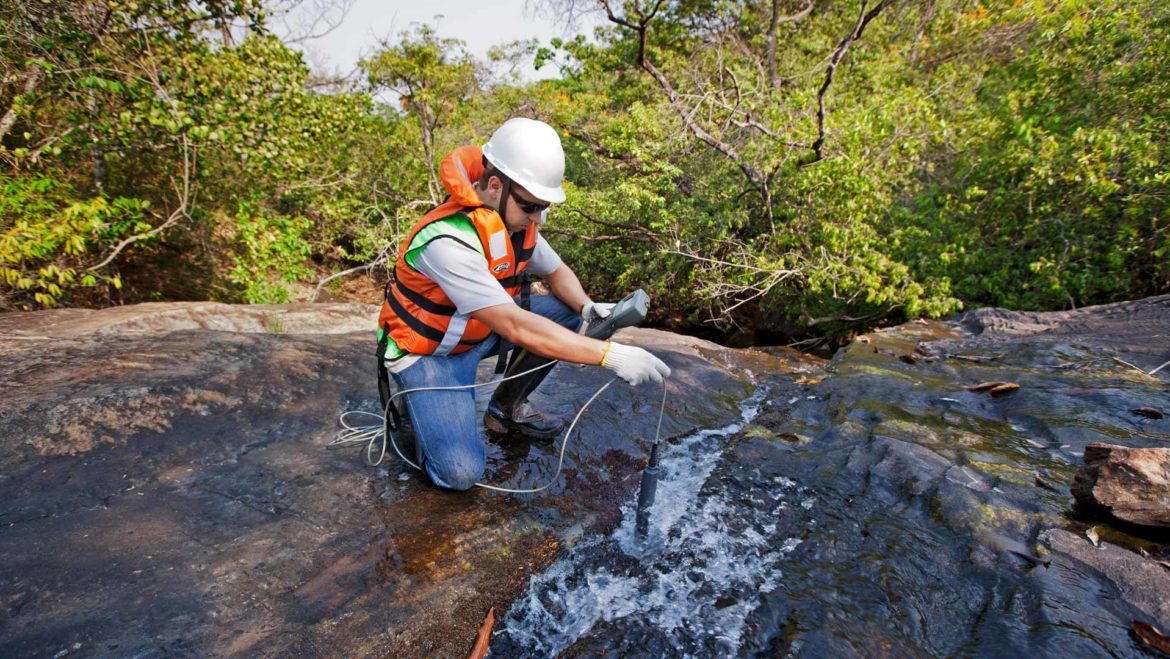
Tool: Managing Risk, Opportunities and Climate Change
This tool evaluates issue-specific risks or opportunities and the significant impact climate control brings to the planning process.
Step Guide
STEP
1
In multi-disciplinary workshops identify risks and associated hazards that could affect mine closure. Look at the terms used in risk assessments (p96) to determine the risk
STEP
2
Rate risks before mitigation by determining the level of impact in terms of likelihood (97) and consequence of occurrence (p98) (Tool: Closure Plan Documentation can help)
STEP
3
Read and answer key questions to ask about the risk/opportunity assessment (p33)
STEP
4
Devise appropriate closure activities to mitigate the identified risks considering appropriateness and feasibility
STEP
5
Rate risks post mitigation – mitigations should reduce risk rating
STEP
6
Refine closure costs to implement devised closure activities or process improvements
STEP
7
Implement actions
Climate change:
Climate change (p94)can affect many aspects of closure design. Conditions may become wetter than historically observed or subject to more extreme storm events. Higher temperatures and drier conditions can also affect the water balance or ice conditions.
Concerns include:
- Design storm changes
- Water balance changes
- Baseflow conditions
- Fires
- Permafrost changes
Climate change can be addressed through a risk framework and conceptual modelling. Probabilities of climate change and their effects are assessed together with other risk factors, and appropriate mitigations are adopted based on risk level.
There are two main approaches: adapting (p94) or reacting to climate change. Incorporating adaption to climate change in design and risk evaluations is now standard practice and considered compatible with closure scenarios.
Further Reading:
- The Council of Standards of Australia and New Zealand’s ISO 31000:2018, Risk management – Guidelines, provides principles, framework and a process for managing risk. It can be used by any organization regardless of its size, activity or sector
- IPCC, 2014: Climate Change 2014: Synthesis Report. Contribution of Working Groups I, II and III to the Fifth Assessment Report of the Intergovernmental Panel on Climate Change [Core Writing Team, R.K. Pachauri and L.A. Meyer (eds.)]
- The ICMM 2013 report Adapting to a Changing Climate: Implications for the Mining and Metals Industry provides an overview on addressing climate change across the mining industry
- ICMM online Mining Climate Assessment tool
- (MEND) 2011 report Climate Change and Acid Rock Drainage – Risks for the Canadian Mining Sector provides information to the impact of climate change on mine closure activities
- Clear guidance on ICCM can be found in the ICMM Critical Control Management Implementation Guide
